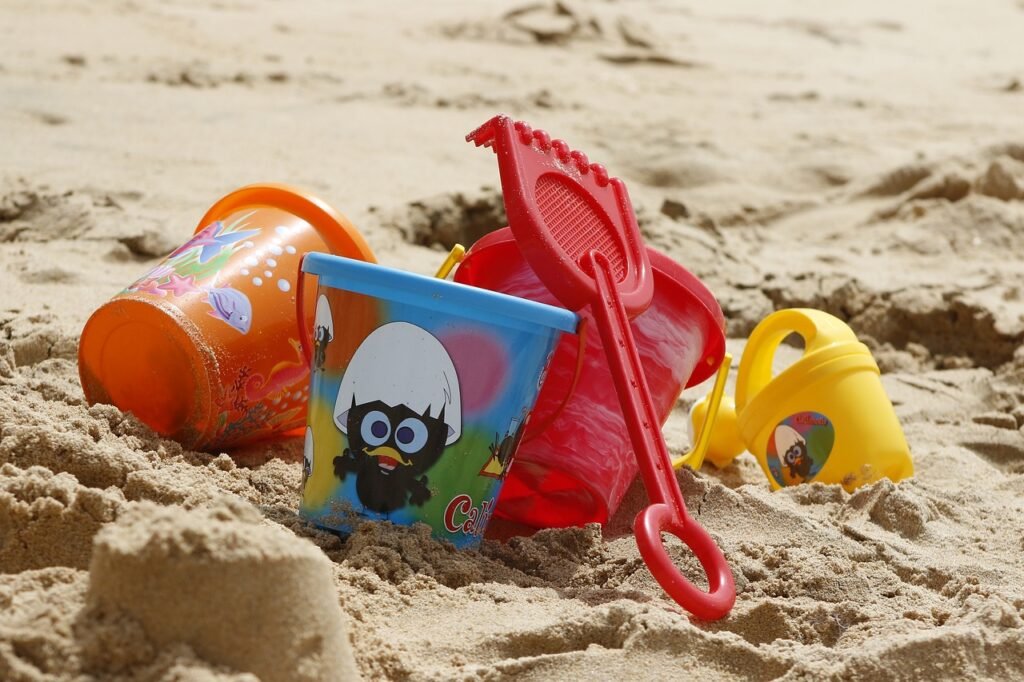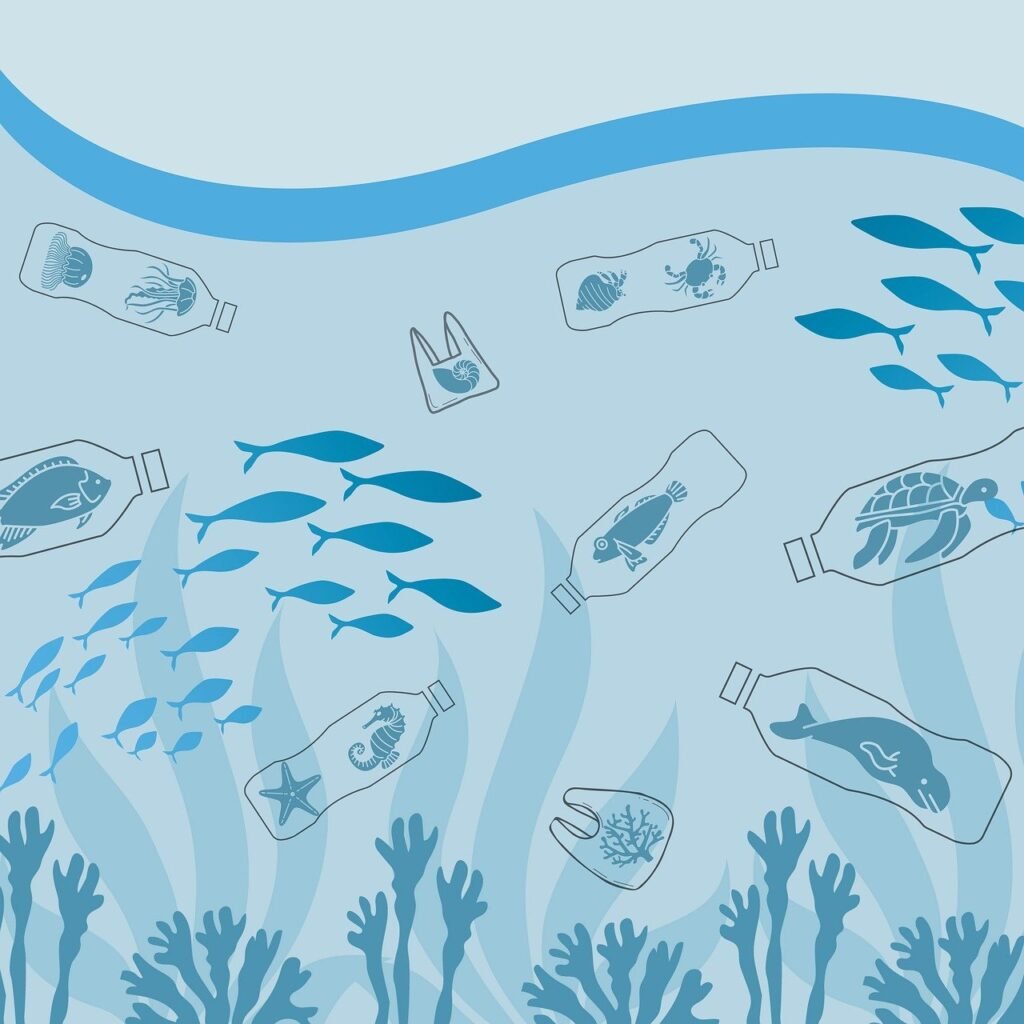Welcome to this informative article on exploring the classification of plastic materials. When it comes to understanding different types of plastic materials, it can be overwhelming with so many options available. However, by breaking down the classification system, you can easily identify the specific characteristics and uses of each type of plastic. Let’s delve into the world of plastic materials and discover the diversity within this versatile material. Have you ever wondered about the classification of plastic materials? Whether you’re an environmentally-conscious consumer trying to make the right choices or a professional looking to understand the materials you work with better, understanding the different types of plastic can be overwhelming. But fear not, we’re here to guide you through the complex world of plastic materials in a friendly and informative way!

This image is property of pixabay.com.
Understanding the Basics of Plastic Materials
Plastic is a versatile and widely used material in today’s world. It is present in almost every aspect of our daily lives, from the packaging of our food to the components of our electronic devices. But what exactly is plastic, and why is it so popular?
Plastic is a synthetic material made from polymers, which are long chains of molecules that are repeated over and over. These polymers can be derived from natural sources, like plants, or created using chemical processes. The versatility of plastic comes from its ability to be molded into various shapes and forms, making it ideal for a wide range of applications.
Plastic materials are categorized based on their chemical composition and properties. Understanding these classifications can help you make informed choices about the types of plastics you use and dispose of.
Common Types of Plastic Materials
Plastic materials are classified into several categories, each with its unique properties and applications. Here are some of the most common types of plastic materials you may come across:
| Type of Plastic | Properties | Common Applications |
|---|---|---|
| Polyethylene (PE) | Flexible, lightweight, resistant to moisture | Packaging, plastic bags, bottles |
| Polypropylene (PP) | Durable, versatile, heat-resistant | Food containers, toys, automotive parts |
| Polyvinyl Chloride (PVC) | Rigid, affordable, chemical-resistant | Pipes, window frames, flooring |
| Polystyrene (PS) | Lightweight, insulating, rigid | Styrofoam, disposable cups, packaging |
| Polyethylene Terephthalate (PET) | Transparent, strong, recyclable | Beverage bottles, food containers, clothing |
Understanding the properties and applications of these common types of plastic materials can help you make informed choices in your day-to-day life.
The Environmental Impact of Plastic Materials
Plastic materials have revolutionized the way we live and work, but they also pose serious environmental challenges. The indestructible nature of plastics means that they can persist in the environment for hundreds, if not thousands, of years. This has led to widespread pollution of our oceans, rivers, and landfills.
Single-Use Plastics and Microplastics
One of the most significant contributors to plastic pollution is single-use plastics. Items like plastic straws, bags, and utensils are used for a few minutes before being discarded, where they can remain in the environment for centuries. These single-use plastics not only contribute to visual pollution but also harm wildlife and disrupt ecosystems.
Microplastics are another environmental concern associated with plastic materials. These tiny plastic particles, less than 5 millimeters in size, can be found in everything from personal care products to synthetic fabrics. Microplastics can enter the food chain, posing a threat to human health and the environment.
Recycling and Sustainable Practices
To mitigate the environmental impact of plastic materials, recycling and sustainable practices are crucial. Recycling plastic not only reduces the amount of waste sent to landfills but also conserves valuable resources and reduces greenhouse gas emissions. By choosing products made from recycled plastic and supporting companies that prioritize sustainability, you can help reduce the demand for new plastic materials.
However, not all plastics are created equal when it comes to recycling. Some types of plastic are more easily recyclable than others, depending on their chemical composition and properties. Understanding the resin identification codes found on plastic products can help you make informed decisions about recycling and disposal.
Resin Identification Codes (RIC)
Resin Identification Codes (RIC) are symbols that indicate the type of plastic used in a product. These codes consist of a number from 1 to 7 inside a triangle of arrows, each corresponding to a specific type of plastic. Here are some common resin identification codes and their corresponding plastics:
| Resin Code | Plastic Type |
|---|---|
| 1 | Polyethylene Terephthalate (PET) |
| 2 | High-Density Polyethylene (HDPE) |
| 3 | Polyvinyl Chloride (PVC) |
| 4 | Low-Density Polyethylene (LDPE) |
| 5 | Polypropylene (PP) |
| 6 | Polystyrene (PS) |
| 7 | Other/ Miscellaneous |
By familiarizing yourself with resin identification codes, you can make informed decisions about recycling and disposing of plastic materials responsibly.

This image is property of pixabay.com.
The Future of Plastic Materials
As we become more aware of the environmental impact of plastic materials, industries and consumers alike are looking for sustainable alternatives. From biodegradable plastics made from plant-based sources to innovative recycling technologies, the future of plastics is evolving rapidly.
Biodegradable and Compostable Plastics
Biodegradable plastics are designed to break down more quickly in the environment than traditional plastics. These plastics are made from renewable resources like corn starch or sugarcane and are compostable under specific conditions. While biodegradable plastics offer a more eco-friendly option, proper disposal methods are crucial to ensure they break down effectively.
Compostable plastics, on the other hand, are designed to decompose in industrial composting facilities, where they can be processed into nutrient-rich soil. These plastics provide a sustainable alternative for packaging and disposable items, reducing the reliance on conventional plastics.
Recycled and Upcycled Plastics
Recycling plastic materials is an essential practice in reducing waste and conserving resources. By collecting and processing used plastics into new products, we can minimize the environmental impact of plastic pollution. Recycled plastics can be used to create a wide range of items, from clothing and furniture to building materials and packaging.
Upcycling is another innovative approach to reusing plastic materials. Instead of breaking down plastics into raw materials for recycling, upcycling involves repurposing plastic waste into new products with higher value. This creative and sustainable practice helps reduce the amount of plastic sent to landfills while creating unique and eco-friendly items.
Advanced Technologies and Innovations
Innovations in plastic materials are constantly emerging, offering exciting possibilities for a more sustainable future. From bioplastics made from algae and mushrooms to advanced recycling technologies that break down plastics into their molecular components, the future of plastics is full of promise.
Advanced technologies like chemical recycling and depolymerization can turn complex plastics back into their original components, allowing for a closed-loop system of plastic production. These processes offer a way to reduce the environmental impact of plastic materials while creating a more circular economy.
Conclusion
In conclusion, exploring the classification of plastic materials can help you make informed choices about the plastics you use and dispose of. By understanding the properties and applications of different types of plastic, as well as the environmental impact of plastic materials, you can take steps towards a more sustainable future.
Whether you’re looking to reduce plastic waste in your daily life or seeking innovative solutions for a greener world, the classification of plastic materials offers valuable insights into the complex world of plastics. By staying informed and making conscious decisions, you can play a part in shaping a more sustainable future for generations to come.
